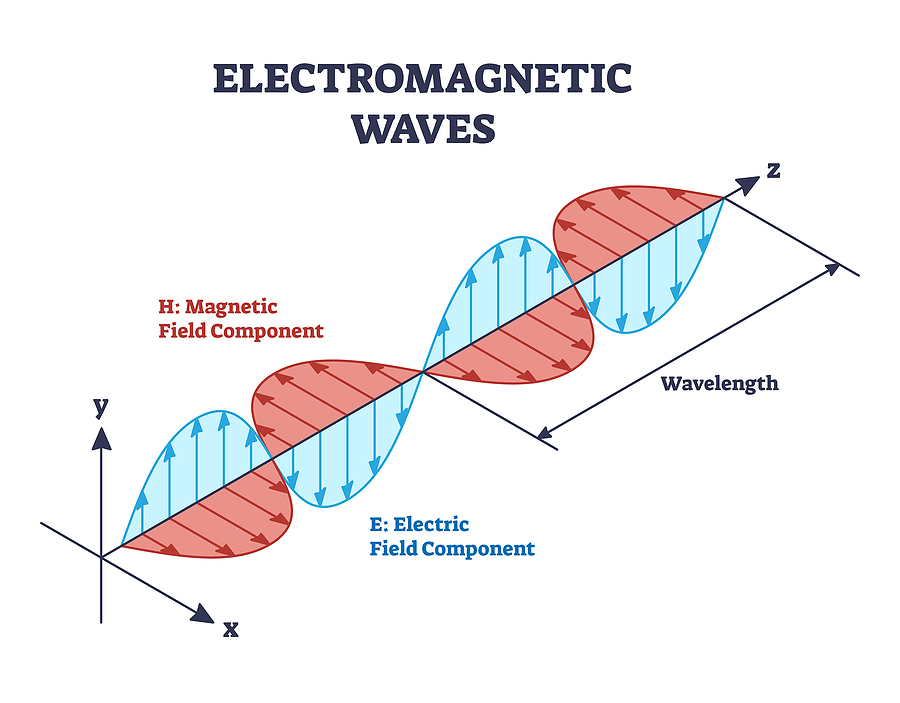Applications Of Electromagnetic Waves In Medical Science

Physics is among the most engaging and exciting subjects students learn in school. Consisting of two key branches, classical and modern physics, it can be branched out into several sub-categories, such as quantum physics, mechanical physics, thermodynamics, acoustics, astrophysics, nuclear physics, and electromagnetism.
The thing about physics as a crucial subject to understand is that its fundamentals enable students to be better prepared to become able to solve many of the current global issues, for example, surviving the recent Covid-19. To put it simply, mastering the fundamentals of physics open more opportunities for students to explore in terms of future career paths. Hence, it is also vital for parents to start considering enrolling their kids in Physics tuition classes.
Whether knowingly or unknowingly, we use artificial electromagnetic waves every single day, from heating up our food in the microwave and guiding planes using the radar to turning on the heater for warmth and broadcasting movies, shows, or even the news from television stations.
Besides the fact that electromagnetic waves are found in our everyday use, they can also be found in many medical and biological science breakthroughs. Here are some applications of electromagnetic waves in medical science.
Radiofrequency Ablation
Radiofrequency ablation, or RFA for short, is a procedure employed by the cardiology and oncology departments to help treat heart disorders and tumours, respectively. It is a minimally invasive procedure that enables the correction of atrial fibrillation or irregular heart rhythms. The process involves inserting the catheter, which, at the tip, consists of an energy-emitting probe into the heart’s massive veins. The ablation procedure consists of destroying tiny bits of diseased heart muscles using the resistive heat caused by high-frequency electromagnetic waves.
RFA can also be used to treat tumours found in the lungs, bones, and kidneys. The power needed to destroy the tumour is significantly higher. The RF waves pass through the needle-like probe that is inserted into the tumour. The electromagnetic waves create a rise in temperature inside the tumour’s tissue, in turn destroying it.
Localised dielectric heating
Physiotherapist employs high-frequency alternating current in some therapy treatments. In order to quicken the healing process of the tissue, electromagnetic waves create deep heat through the conductance plates to the area placed under them. They help to relieve muscle spasms and pain, and also reduce inflammation, swelling, joint stiffness, and boost joint range.
Magnetic Resonance Imaging
Magnetic Resonance Imaging, or MRI for short, are used for imaging soft tissues. Hence, the radiology department uses MRIs to allow doctors to accurately view a patient’s critical anatomical structures, such as the brain, muscles, and heart, as well as detect any possible cancer development in the body through three key electromagnetic fields.
Other medical science uses
Departments, such as dermatology, also use electromagnetic waves to treat skin disorders. Using RFA and diode lasers, they are able to treat acne scars of various sizes. This is usually the preferred method as it creates minimal skin damage.
Conclusion
Hence, electromagnetic waves play a crucial role in the development of other areas of science. It is an excellent topic to inspire students to consider taking up physics in their further studies should they want to make an impact in the world.
Physics Tuition offers JC physics tuition classes that are both engaging and practical. Contact us today to find out about our class schedule!